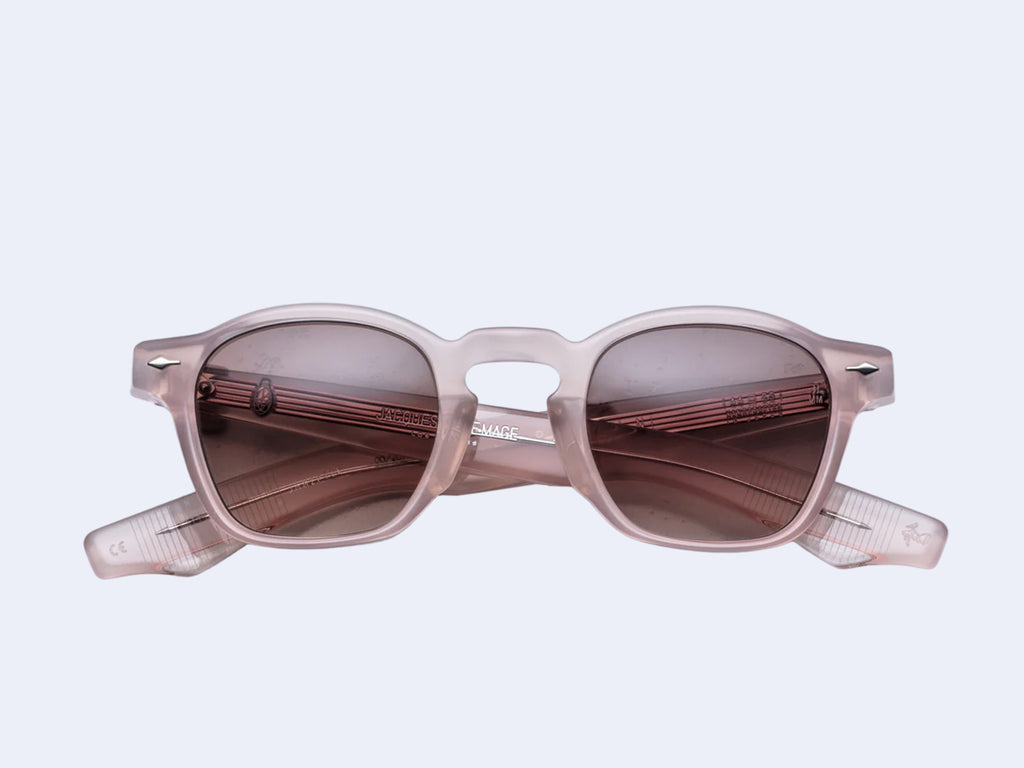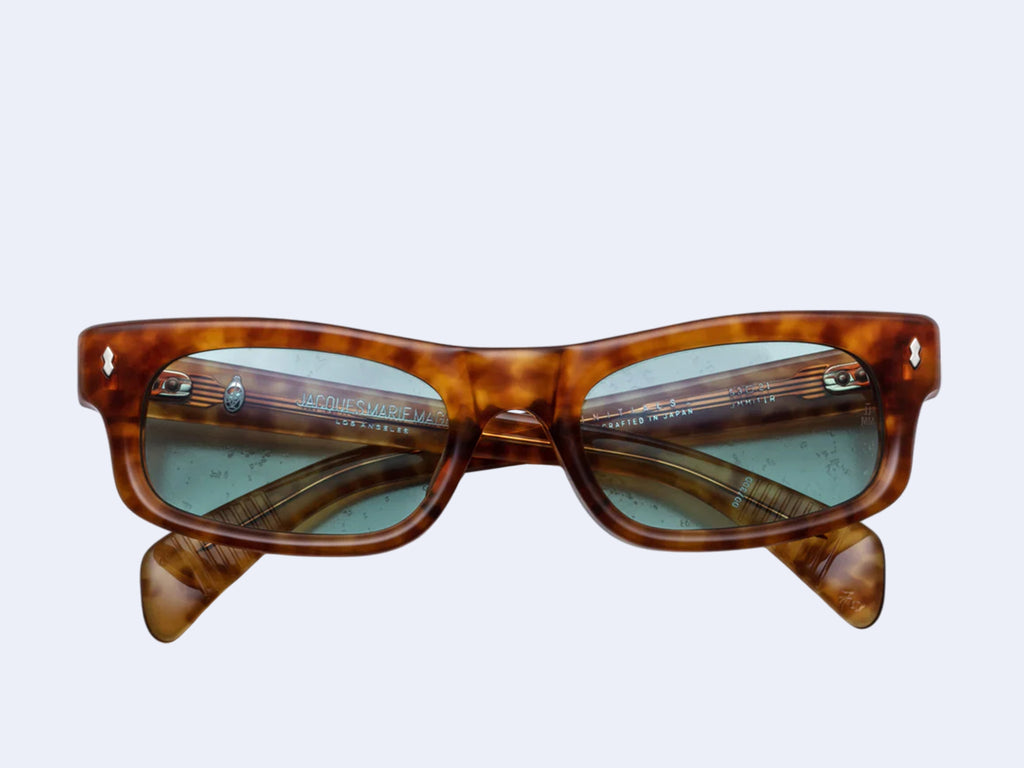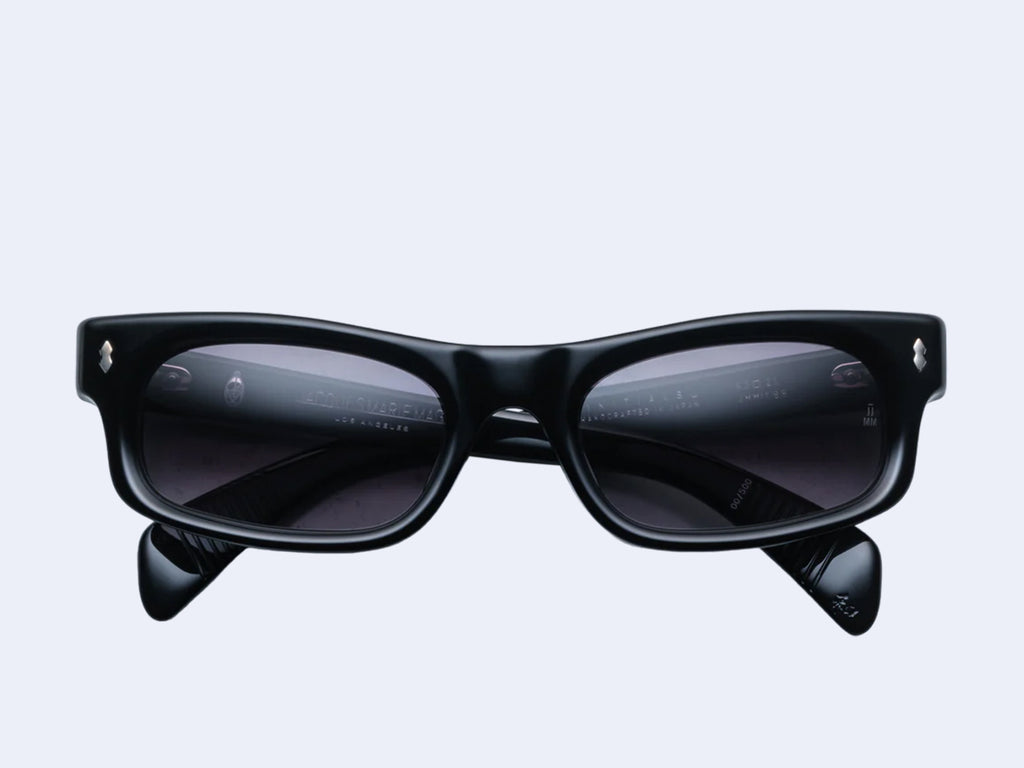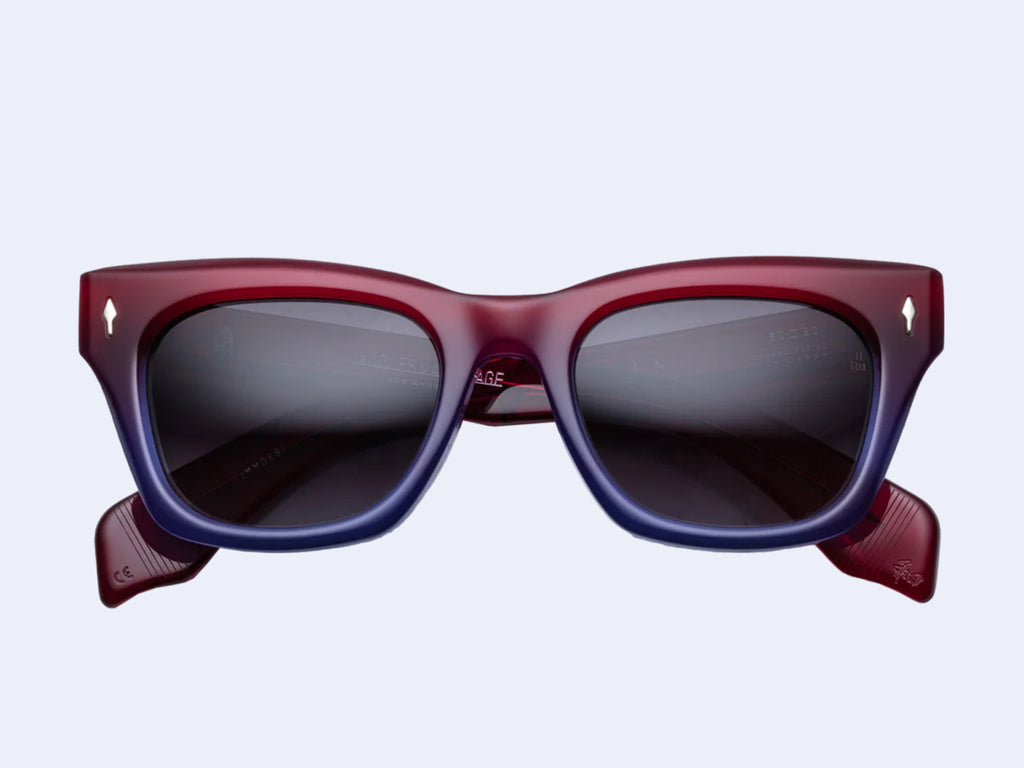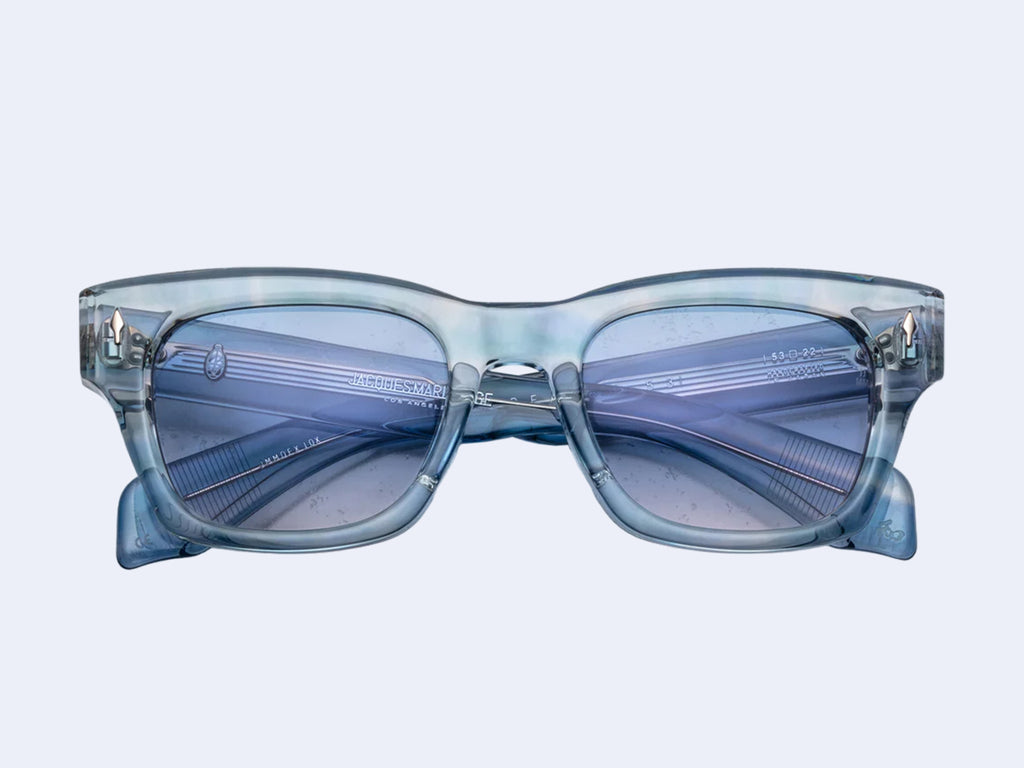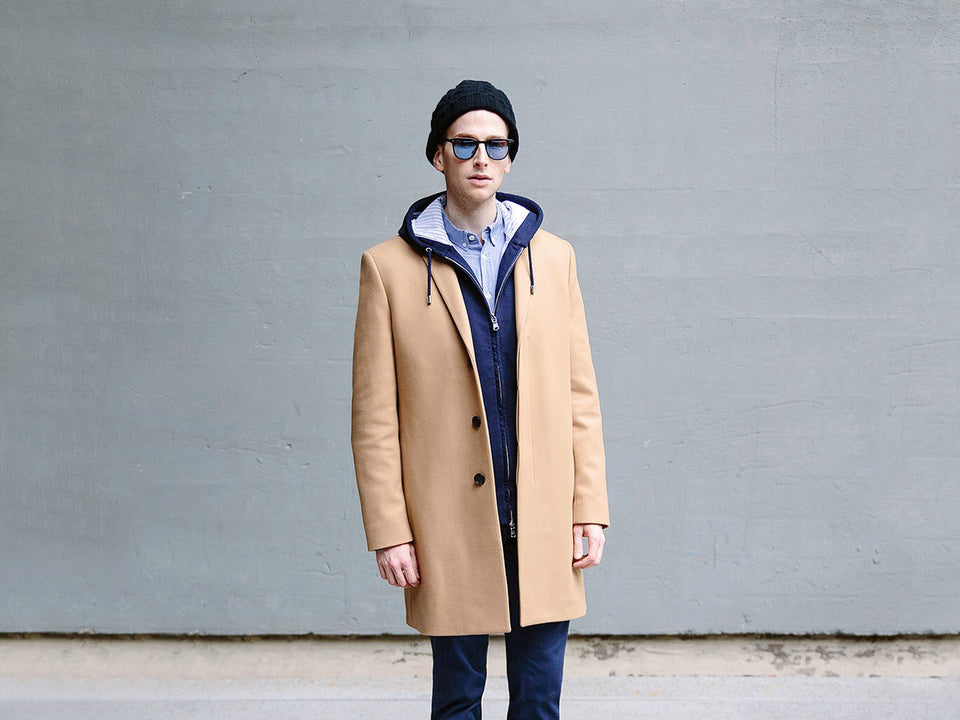Throughout the second half of the 20th century, and into the 21st, Wayfarer style sunglasses have spent just as much time in our faces as on them. They’ve had starring roles in a host of classic movies. They’ve been endorsed by the cult leaders of pop culture. Today, if you squint hard enough at your phone screen, you can just about make out that they’re the sunglasses of choice for the ‘cool’ emoji. So how did a practical design from a pilot goggle company become such an enduring style of sunglasses?
Sunglasses uber-giant, Ray-Ban, came to be in the late 1930s. Started by two eyewear designers from parent company, Bausch & Lomb, they wanted to work with the US Navy to develop protective eyewear for pilots. After some 'minor' success with their first design, (the Aviator, you might have heard of them...) the sunglasses producers were ready to build on their success. Using new plastic moulding technology, the designers were able to produce something that was not just sturdier, and chunkier, but that had an angular aesthetic that was suitably reminiscent of that other legend of American design, the Cadillac. As the first pair of glasses not to have been made out wire, Wayfarers were shocking in all the right places.
"A pair of Wayfarers joined big cars and open roads as a vital ingredient of the American Dream..."
But it wasn’t until James Dean’s character, Jim Stark, donned his pair of Wayfarers in 1955’s Rebel Without a Cause, that the frames found their home in the Americana heartland. Following the success of the film, a pair of Wayfarers joined big cars and open roads as a vital ingredient of the American Dream. Cemented as a must-have accessory, the rest of the 50s and the early 60s saw the specs surge in popularity with Bob Dylan, Marilyn Monroe, and even JFK opting for the style to up their cool.
Jacques Marie Mage's Bob Dylan-inspired sunglasses, the Dealan
But this bumper beginning couldn’t last forever. The Wayfarers’ popularity began to dwindle as the hippy movement started to get groovy. By the 70s, the slick and chunky frame style had all but disappeared, replaced by a new wave of shades that were slicker, chunkier, and more outlandish. This wasn’t going to stop Ray Ban, however. Having tasted the kind of success that a bit of on screen action can bring, they signed a whopping $50,000 product placement deal that would see the near-extinct Wayfarer on our screens in some of the biggest films and TV shows of the 80s.
"But even though it was the second time around, the style wasn’t vintage or retro or kitsch, it was relevant..."
From the star-making Risky Business to Miami Vice, the Wayfarer shared the screens with the big hitters that defined the 80s. In a decade of confidence and unselfconscious posturing, the too-cool Wayfarers had found a new home. But even though it was the second time around, the style wasn’t vintage or retro or kitsch, it was relevant. With a little help from product placement, and endorsements from the biggest celebrities, the frame style had managed to circumnavigate the style rubbish heap and still look fresh 30 years after its creation.
Despite wavers in popularity in the 90s and 00s, the Wayfarer has never truly disappeared. With current fans including Johnny Depp, James Franco, and Jude Law it's as popular as ever. But Wayfarers are much more than the sum of their celebrity endorsements and product placements, they represent a frame style that simply works. That’s why, while we don’t sell the Ray Ban Wayfarers, our range is jam-packed with loads of innovative and awesome Wayfarer-inspired frames from everyone from Jacques Marie Mage to Cutler and Gross - and we can't see that changing anytime soon.




